BUACC5936: Financial Management Assignment Solution - 2019 S1
VerifiedAdded on 2023/01/06
|7
|890
|62
Homework Assignment
AI Summary
This document presents a detailed solution to a Financial Management assignment, addressing key concepts such as the time value of money, cash flow analysis, and investment valuation. The solution begins by analyzing the cash flows for the Broadbent Group, calculating necessary deposits and payments over a 12-year accumulation period and a subsequent 20-year distribution period. It further delves into bond valuation, determining the current prices and coupon rates for bonds. The assignment continues with stock valuation, calculating expected dividends, current stock prices, dividend yields, and capital gain yields. Additionally, the solution evaluates a project's net present value (NPV) under different discount rates and explores the concept of a capital allocation line derived from a risky asset portfolio, determining the optimal investment fraction. The assignment covers a wide range of financial topics, providing insights into investment strategies and financial planning.
1 out of 7
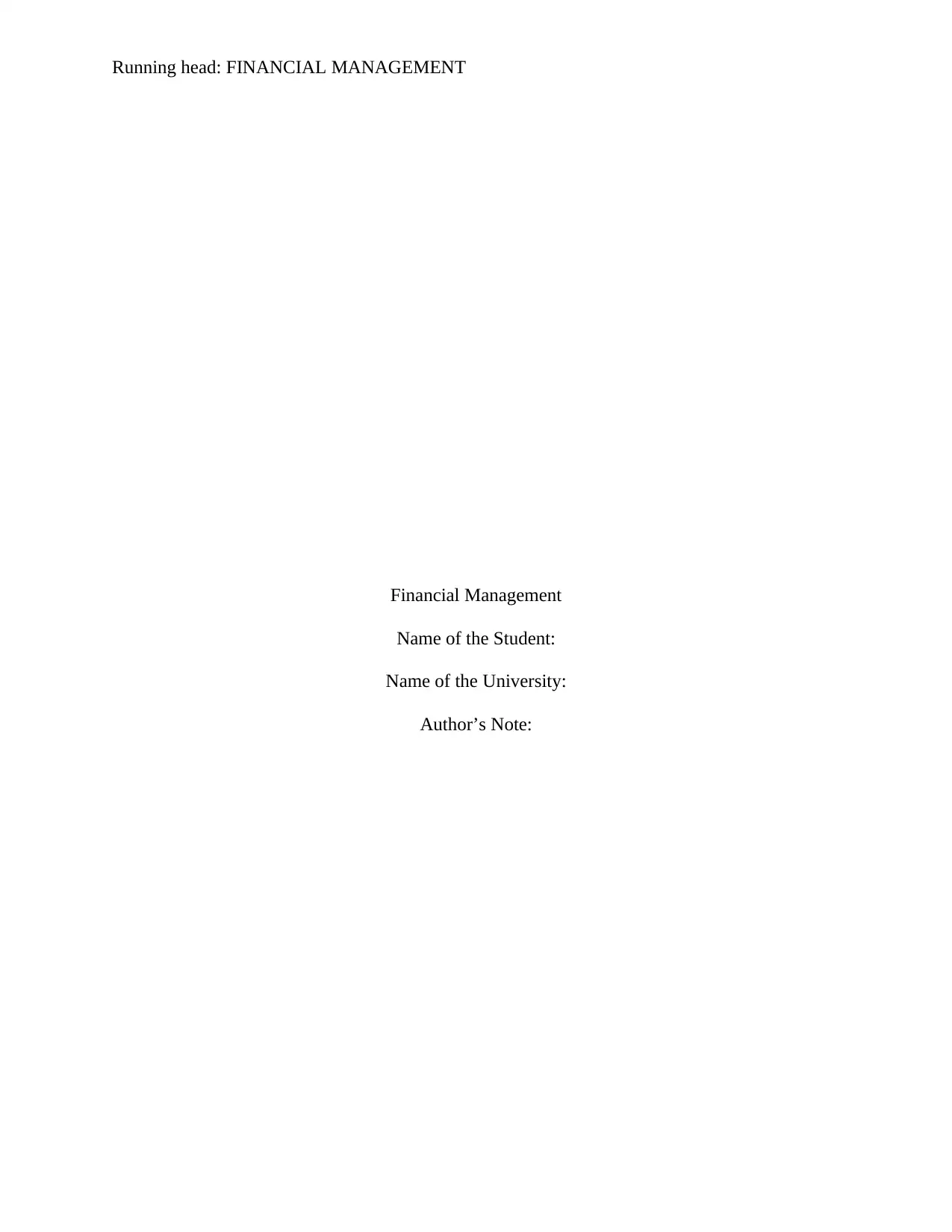
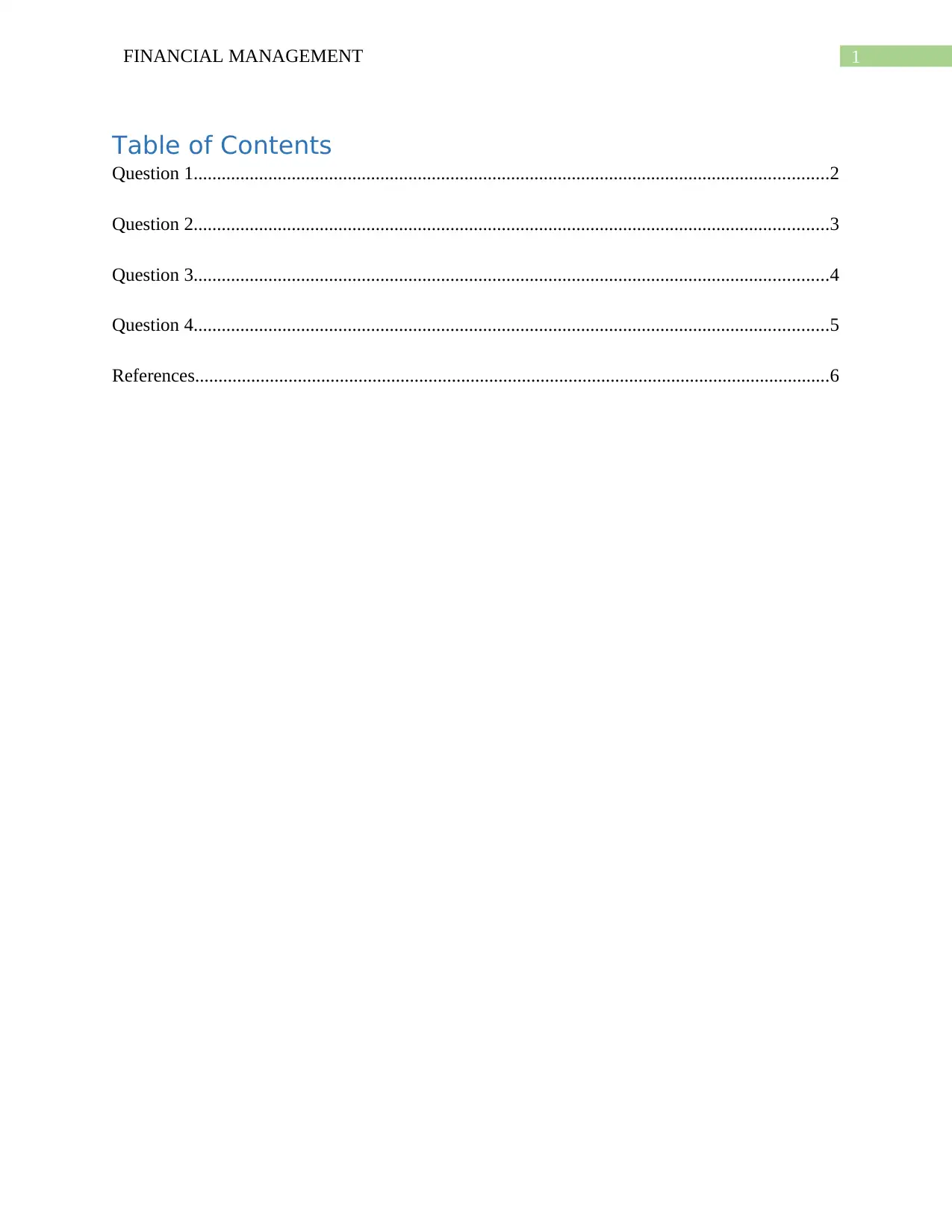
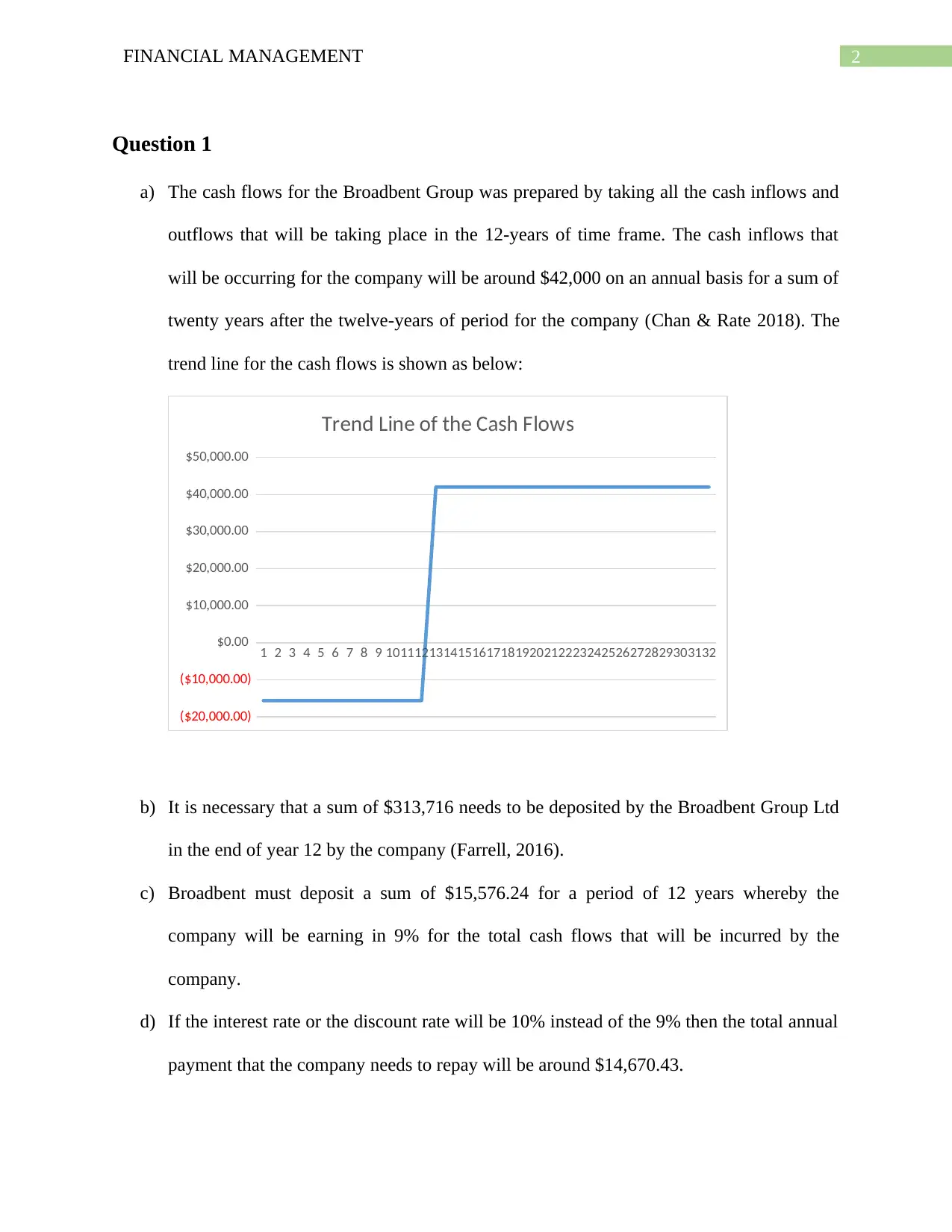

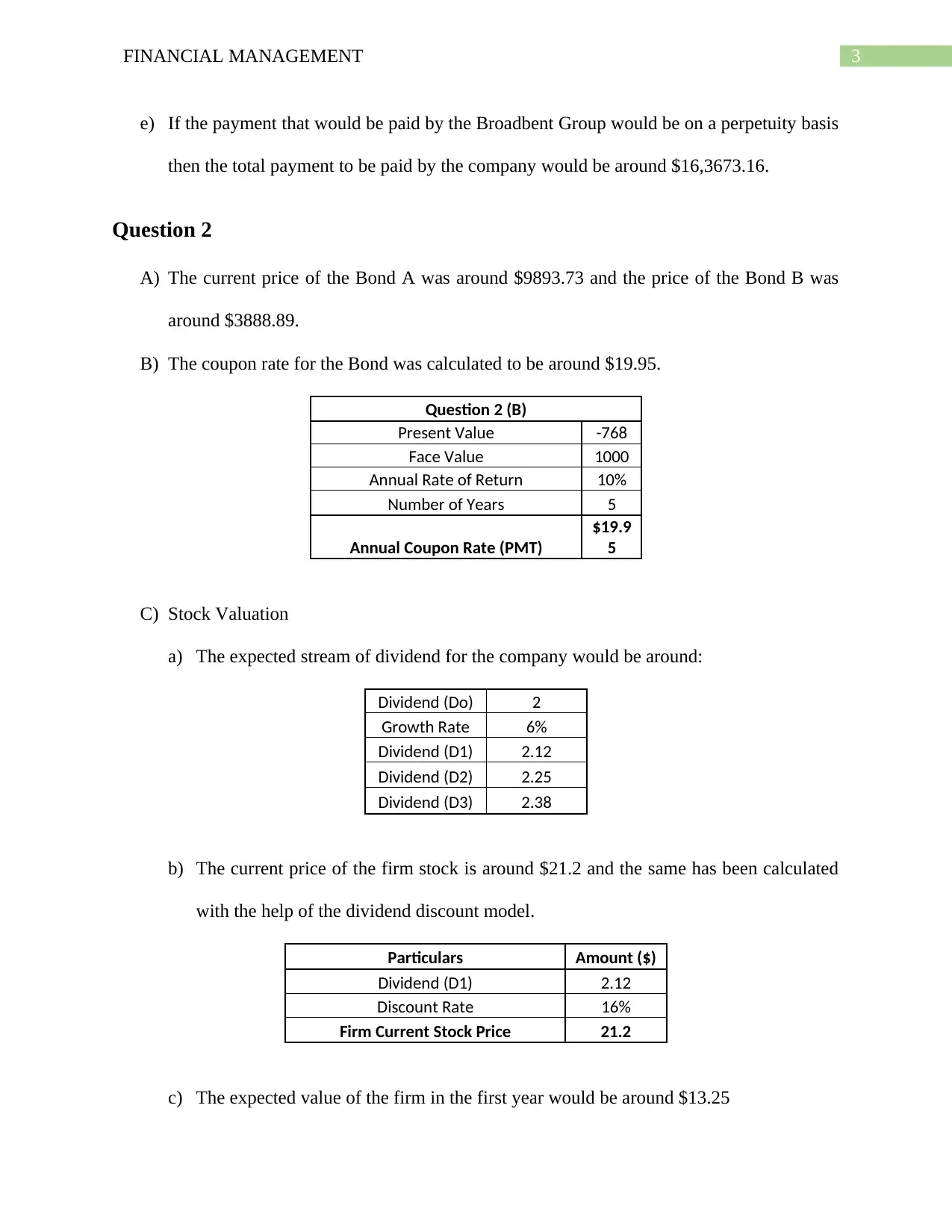
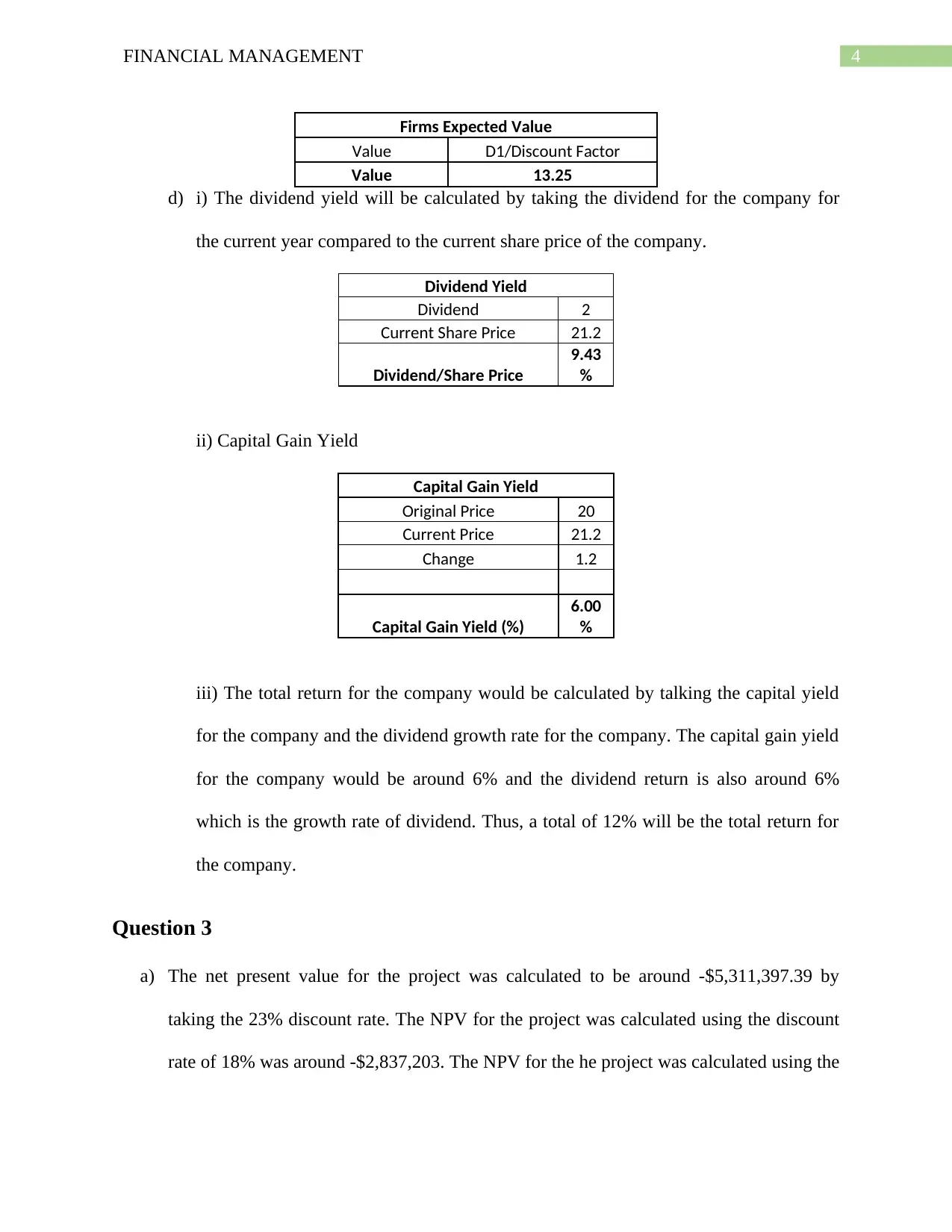
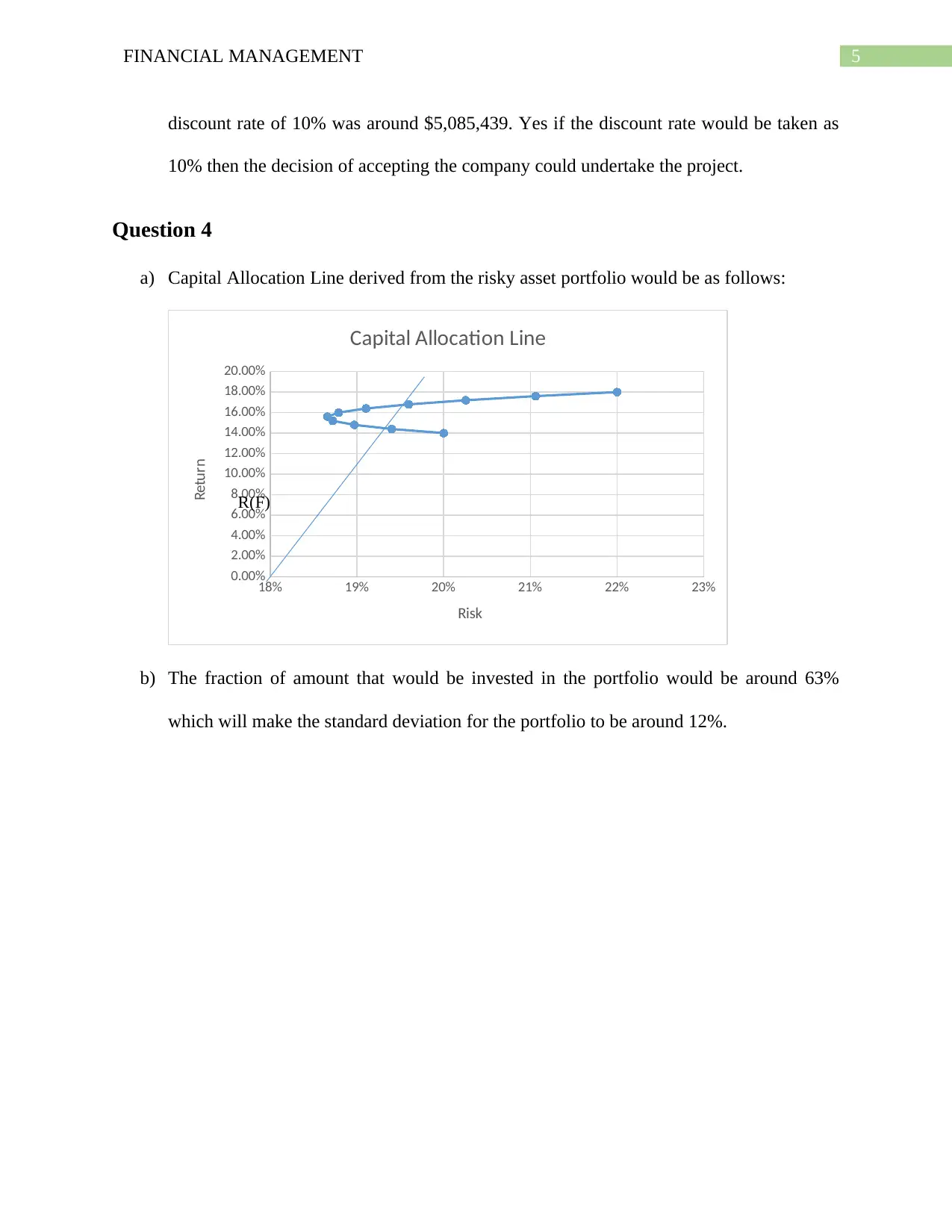
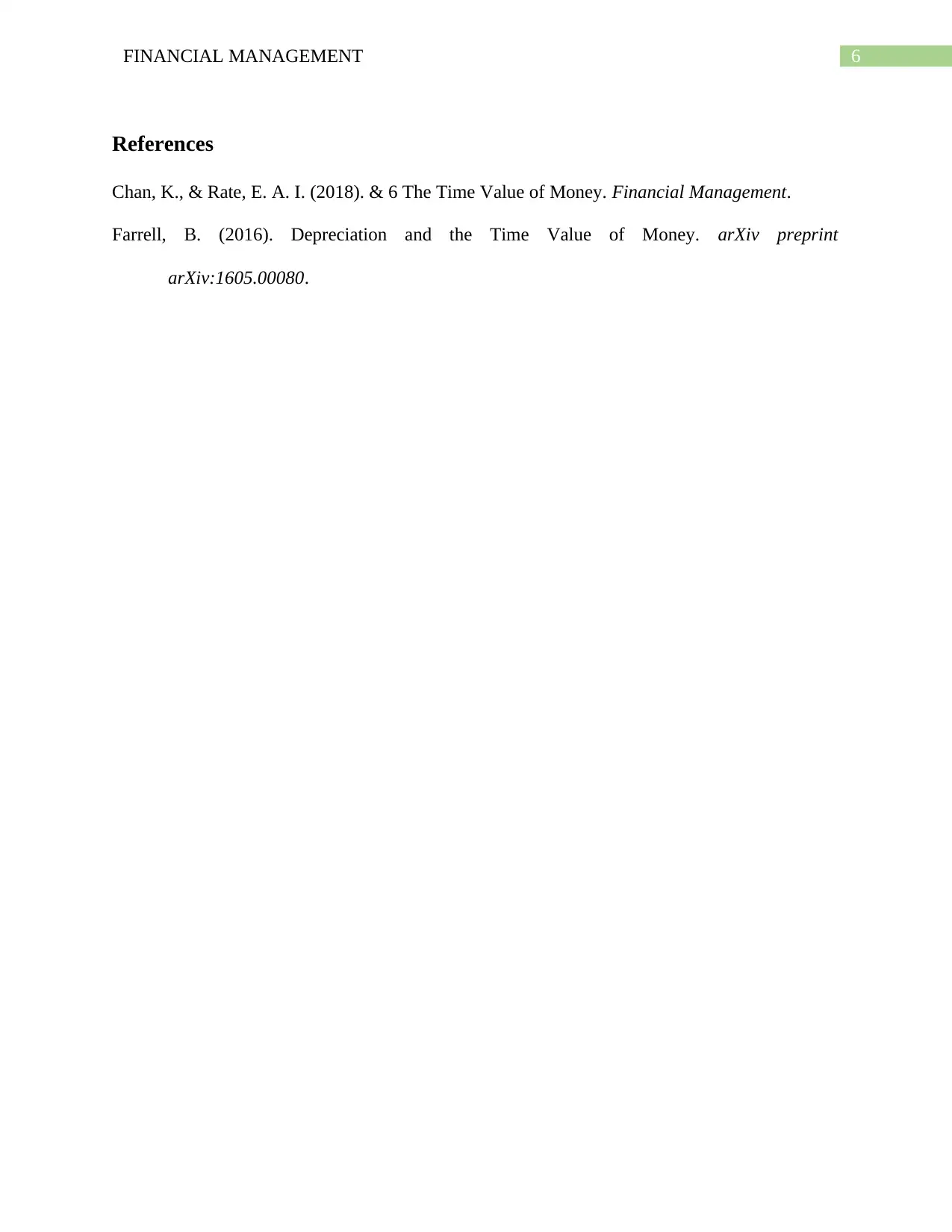






![[object Object]](/_next/static/media/star-bottom.7253800d.svg)